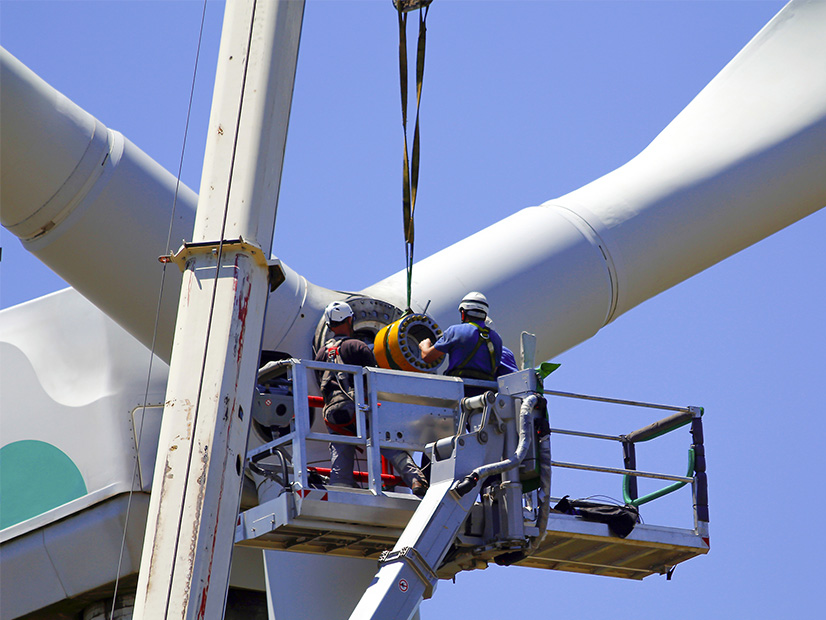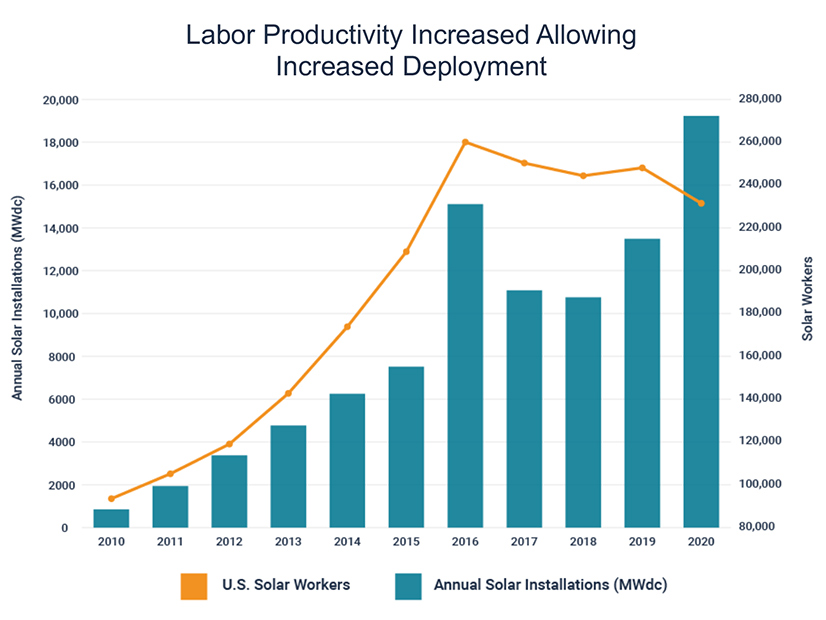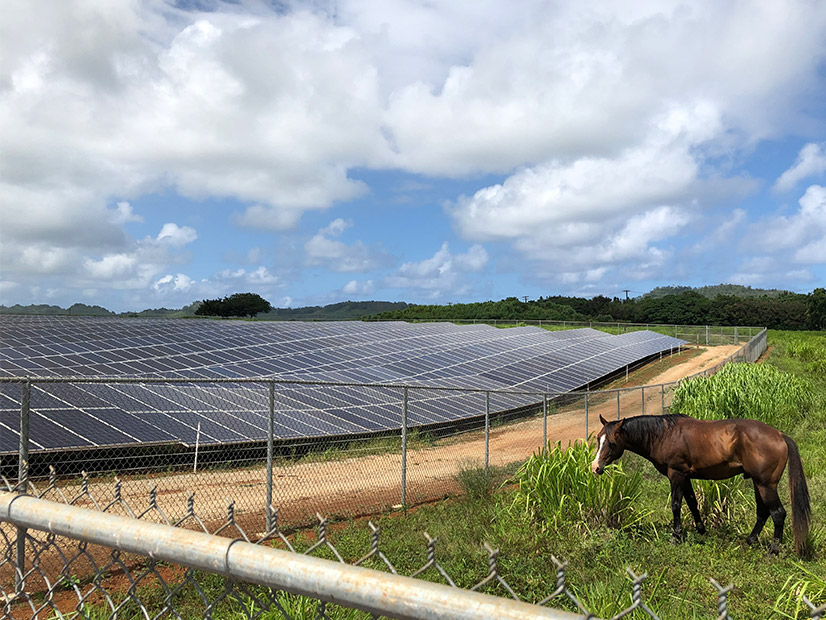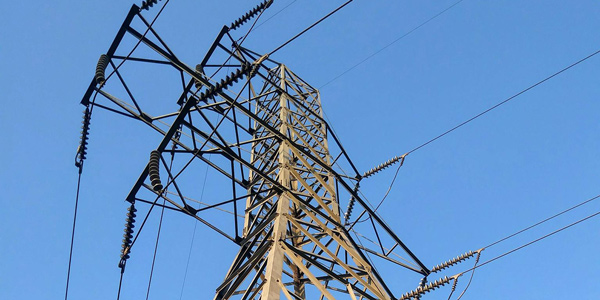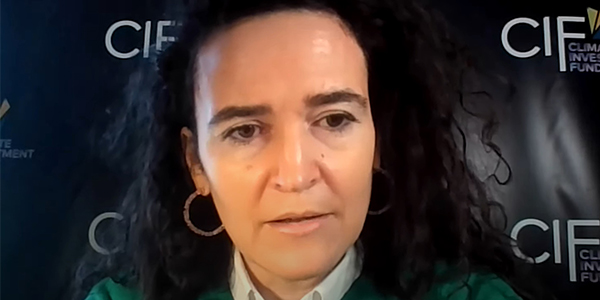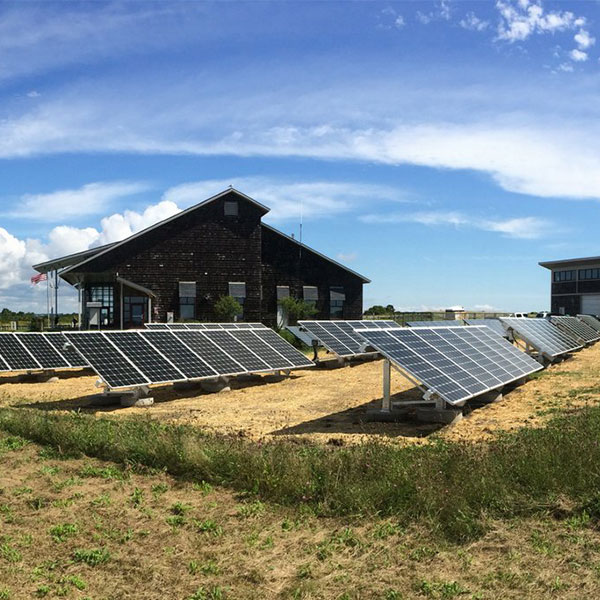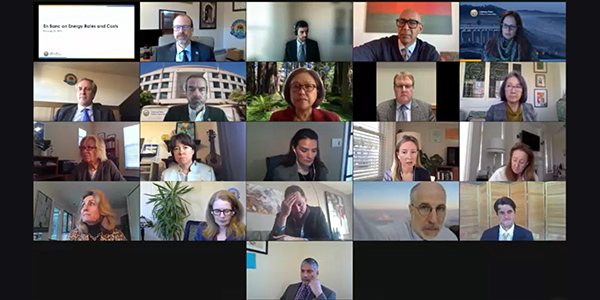Employment & Economic Impact
New Jersey is spending $5 million on two programs to train and educate wind energy and energy efficiency workers in a partnership with PSE&G.
California’s job growth in electric transportation is accelerating, a trend that could be further fueled by extraction of lithium from the Salton Sea.
Solar jobs fell to 231,474 last year, their lowest level since 2015, in response to lockdowns that halted most residential and commercial installations.
The U.S. offshore wind industry is experiencing new pressure to include minority/women-owned business enterprises in their immense supply chains.
The National Rural Electric Cooperative Association is lobbying Washington for direct-pay clean energy incentives and debt relief.
Biden’s infrastructure plan includes a 10-year extension of the ITC for solar and storage, a new Grid Deployment Authority at DOE.
Speed and fairness must be watchwords of the global energy transition, said experts gathered in advance of the UN Climate Change Conference.
The Rhode Island PUC rejected a proposal from National Grid to remove barriers for low-income customers to access clean energy.
California’s energy policy leaders came together to weigh the potential impact of the state’s sharply rising electricity rates on its electrification goals.
The developer of a proposed offshore wind project in New Jersey has signed an agreement to employ union workers for construction and operation.
Want more? Advanced Search
